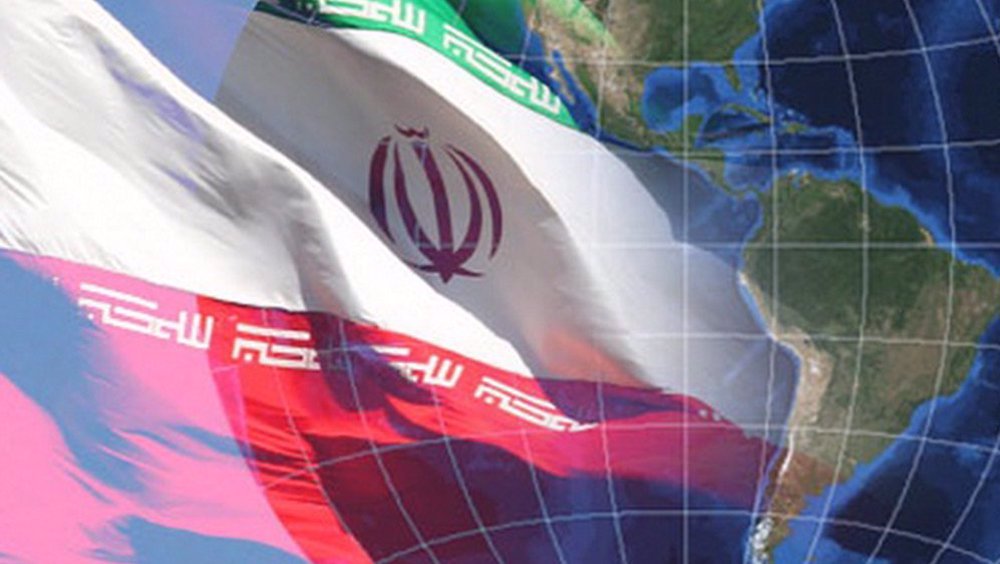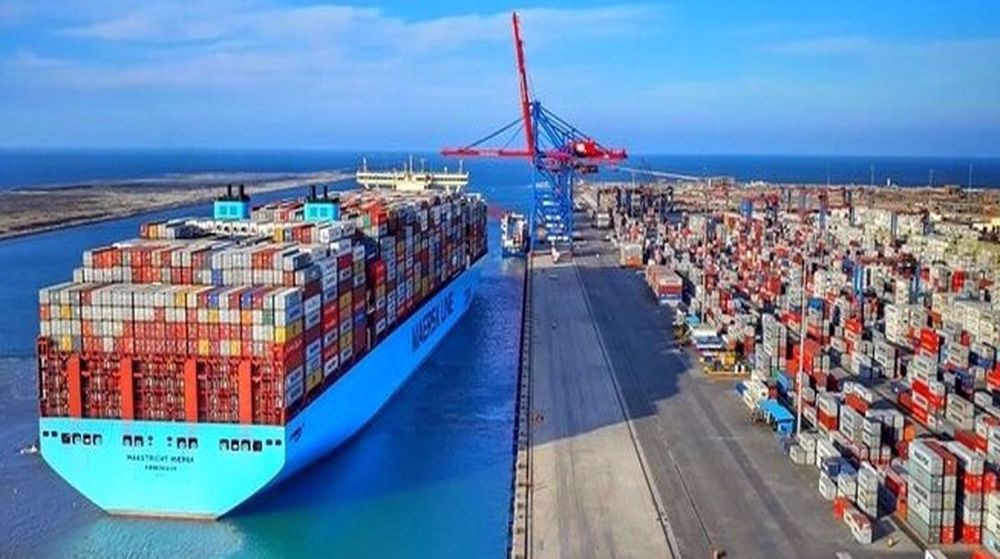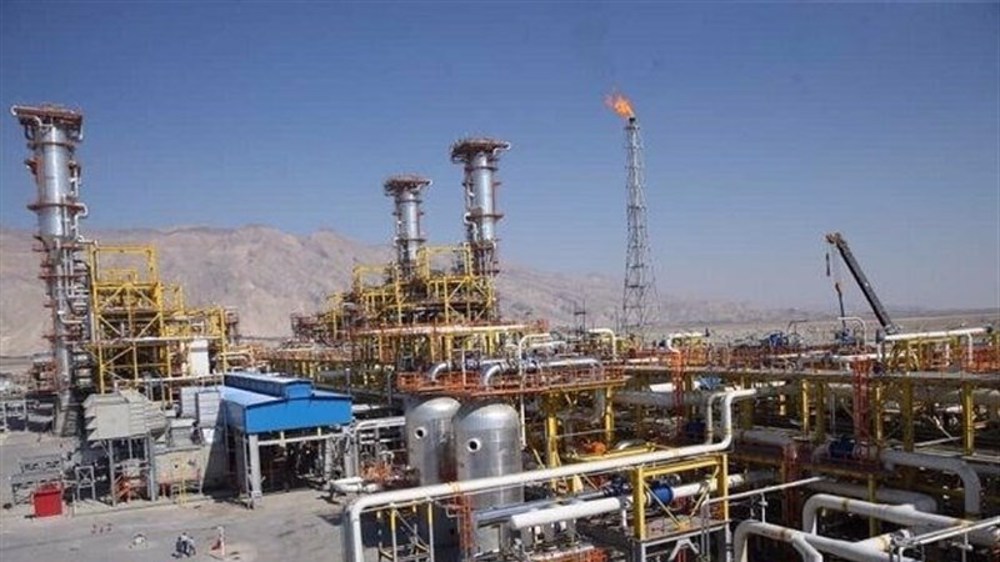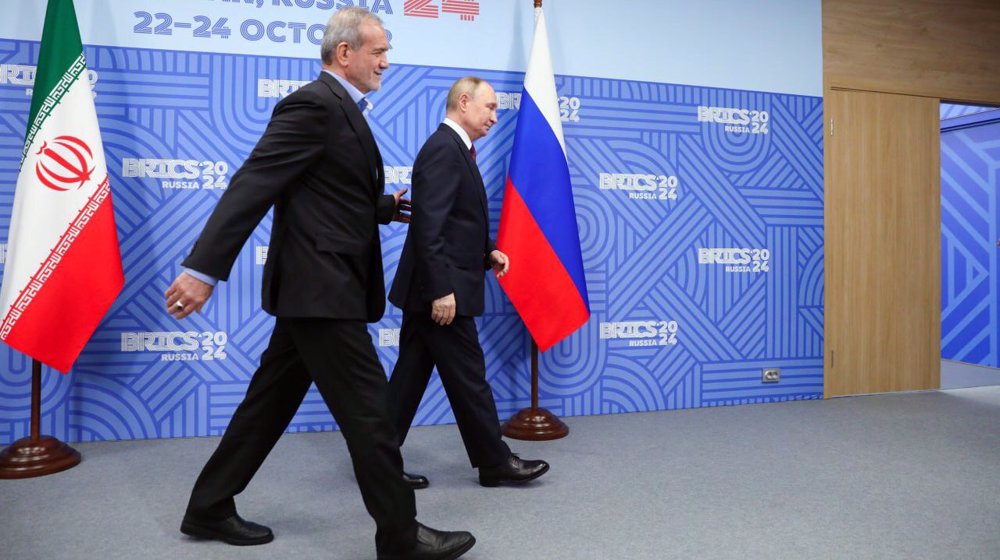Auto industry in driver’s seat as Iran-Venezuela partnership grows
Leading carmakers Iran Khodro and Saipa will offer their products to clients in Venezuela in the next coming months, and export vehicles and parts to other Latin American countries.
President Ebrahim Raeisi's visit to Latin America this week put Iran’s auto industry in the driver’s seat again, where the Venezuelan government asked the duo to bring their production lines in the country back to service after an eight-year hiatus.
They are also to help Venezuelan cars and parts manufacturing companies resume production, and reopen their maintenance and after-sales offices in the country.
Experts see expanding automotive business into new overseas markets by leveraging local manufacturing as key to growth and development.
According to Mohammadreza Najafimanesh, an automotive expert, the resumption of production by Iran Khodro and Saipa in Venezuela is a big deal.
“The production and export of automobiles in Latin America, besides increasing foreign exchange earnings for the country, provides an opportunity to develop joint cooperation," he said.
Before 2018 when the US imposed sweeping sanctions on the Islamic Republic, Iran exported cars to a number of countries, including Russia, Venezuela, Iraq, Armenia and Azerbaijan.
The sanctions had a knock-on effect on the automotive industry, disrupting supply of components and causing production to fall.
However, the industry became a bastion of economic resilience as local manufacturers of parts stepped in to fill the gap with the help of the country’s defense industry, producing some critical components which relied on imports such as electronic control units.
Iran produced some 1.2 million vehicles in the most recent Iranian year that ended in March.
The development of the industry and increase in production has spurred the government to pursue exports, especially to Latin America, and manufacturing of automobiles abroad, Najafimanesh said.
“Venezuela is one of the very good markets for Iranian cars, so we should take the best advantage of the opportunity to re-activate the sedan car factory as well as produce and export light and heavy commercial vehicles that Venezuela needs."
President Raeisi’s two-day visit to Caracas culminated in the signing of an MoU with Venezuela for the production and export of 200,000 cars in five years and bringing joint automobile company Venirauto back online, Saipa CEO Mohammadali Teimouri said.
Venirauto was set up by Iran Khodro and Saipa in Maracay, Venezuela in 2006 during the time of former president Hugo Chavez to produce 10,000 passenger cars a year.
The joint venture, launched under the late Venezuelan leader’s industrialization drive, became a lightning rod for political criticism in Iran by those who held that the investment made no commercial sense.
The former administration embraced this line of thinking, as a result of which car manufacturing in Venezuela was abandoned and Iran’s auto industry limited to domestic production.
Former industry, mining and trade ministry officials cited mutual reluctance of the two countries to continue the project, but the recent agreement showed that Venezuela is interested in developing and deepening the automotive cooperation with Iran.
The Venezuelans reportedly spoke many times about their desire for the presence of Iranian cars and parts manufacturers in their country.
Based on the negotiations, Iranian producers will soon set off for Venezuela to establish an auto parts manufacturing chain in the country.
The two sides also agreed to resume production of Iranian tractors. Under the plan, 3,000 units will be manufactured a year for the Latin American market.
The VenIran Tractor CA is a joint venture established between Iran's ITMC and Venezuela's CVG in Bolivar in 2005 to produce Massey Ferguson-based tractors.
The two countries also aim to increase cooperation in agriculture, science and technology, shipping, and tourism sectors while increasing flights and strengthening cultural ties.
For the past three years, Iran has been significantly boosting its energy cooperation with Caracas, among other things helping repair and overhaul Venezuelan refineries and sending shipments of heavy crude to help Venezuela ramp up its production of oil and gas.
On Sunday, Venezuela's state energy company Petroleos de Venezuela PDVSA was reported to have resumed operation at the catalytic cracking unit at the El Palito refinery.
El Palito is undergoing major repairs and expansion projects after a 100-million-euro deal signed with the National Iranian Oil Refining and Distribution Company (NIORDC).
Iran and Venezuela on Tuesday signed 19 documents to strengthen cooperation in a variety of sectors, including communications and information technology, energy, insurance, maritime transport, higher education, agriculture, medicine, cultural exchanges, and mining.
President Raeisi said the two countries have the capacity to expand their bilateral trade volume to $20 billion, from around $3 billion at the moment.
In 2022, they signed a 20-year pact to cooperate in the oil, petrochemicals, and defense sectors.
Building interests and joint capabilities with Latin American countries is crucial to undermining Washington’s attempts to isolate Iran and its allies internationally.
The automotive industry is emerging as the engine of this drive and the energy cooperation is fuelling the strategic transformation of partnership between Iran and Latin America.
Iran cuts gold import tariff to zero
Pezeshkian: Iran determined to develop, boost ties with neighbors
VIDEO | Israel, Hamas ceasefire agreement: Closer than ever
VIDEO | Gaza ceasefire to be put in place under resistance conditions
Hot water and sewage: Palestinians share harrowing tales of torture in Israeli prisons
VIDEO | Thousands evacuated in Ethiopia amid earthquakes, volcanic eruption fears
Revealed: Israeli ministers eye restoration of illegal settlements in Gaza through genocide
How Los Angeles’ pistachio tycoons facilitated and profited from wildfires












 This makes it easy to access the Press TV website
This makes it easy to access the Press TV website